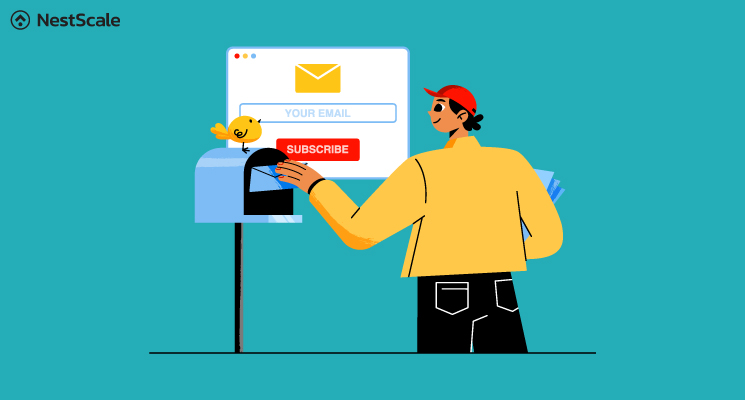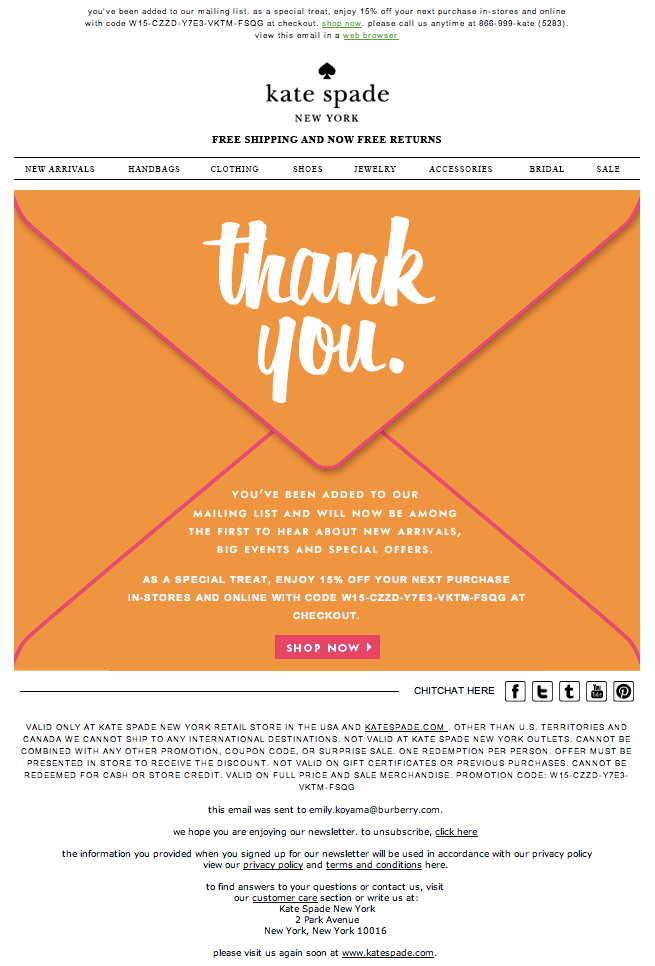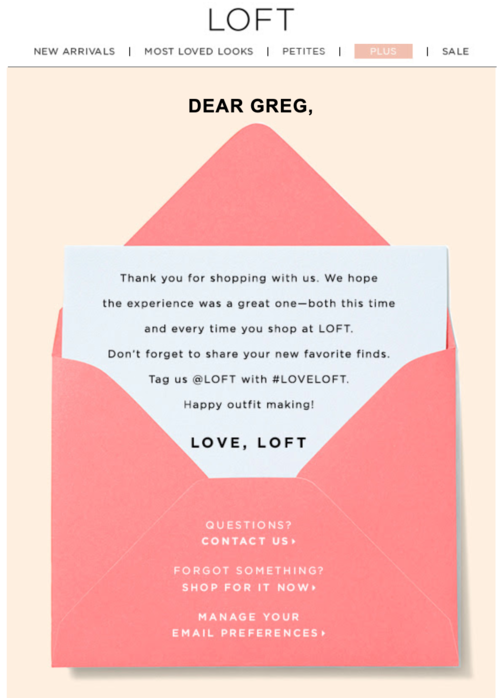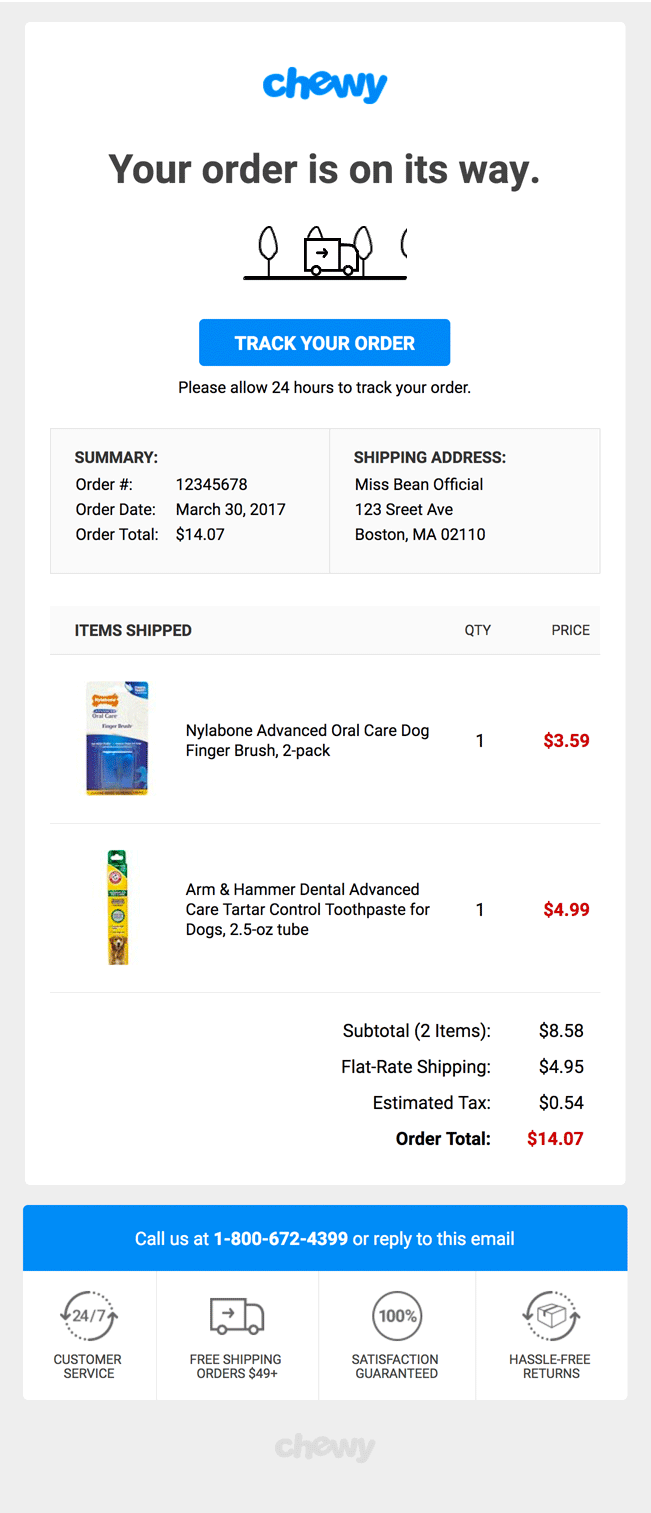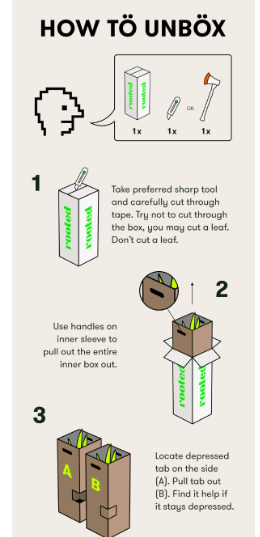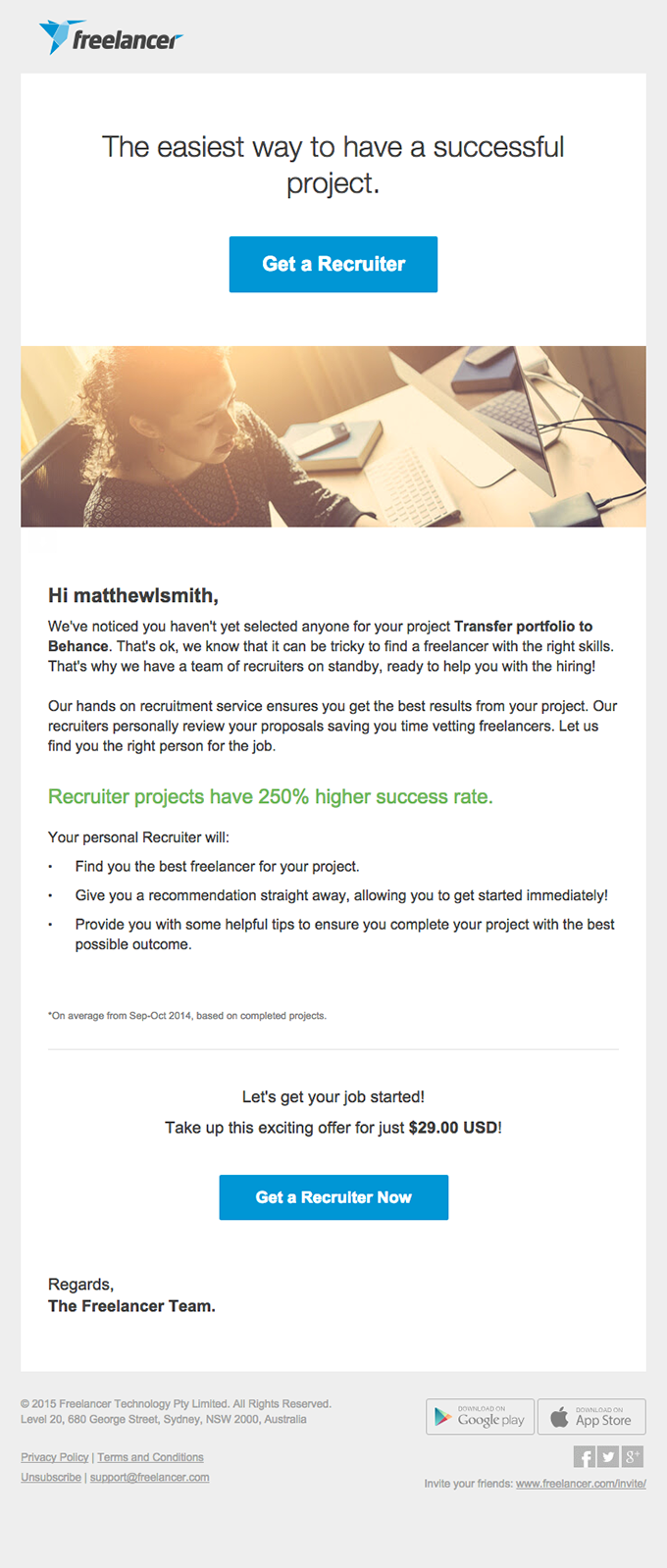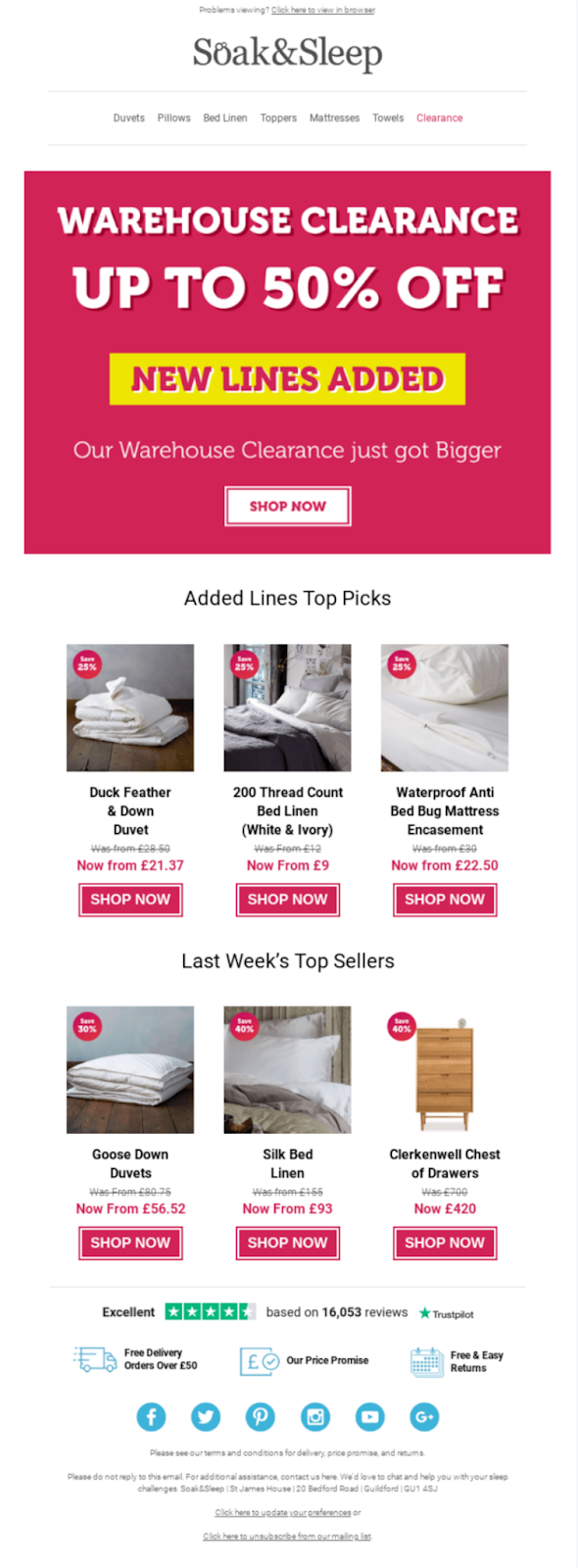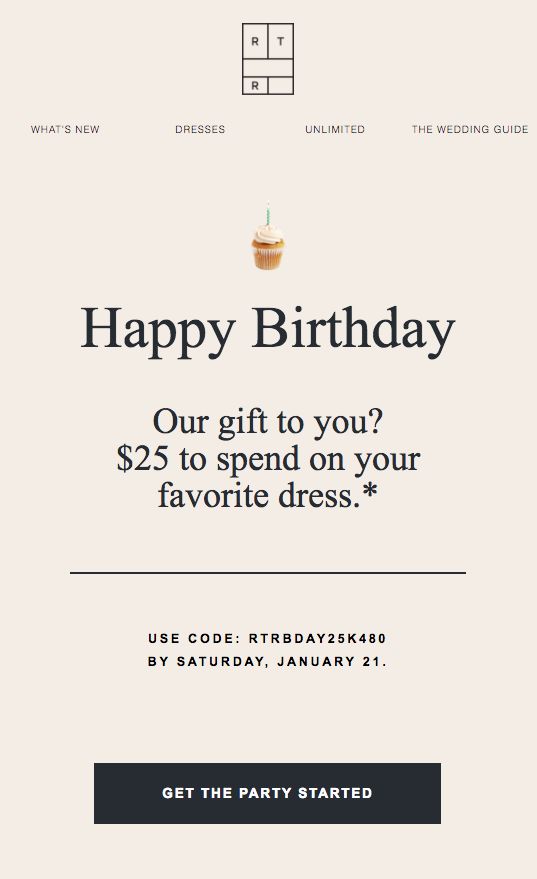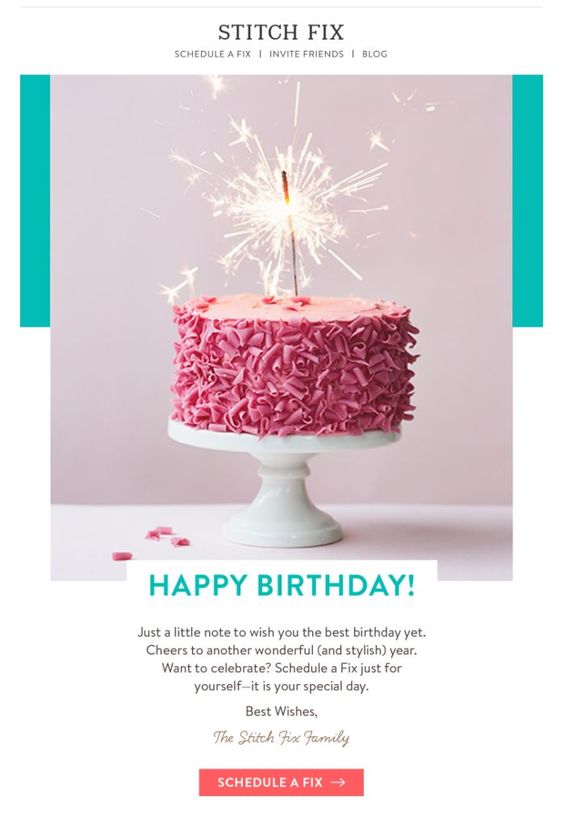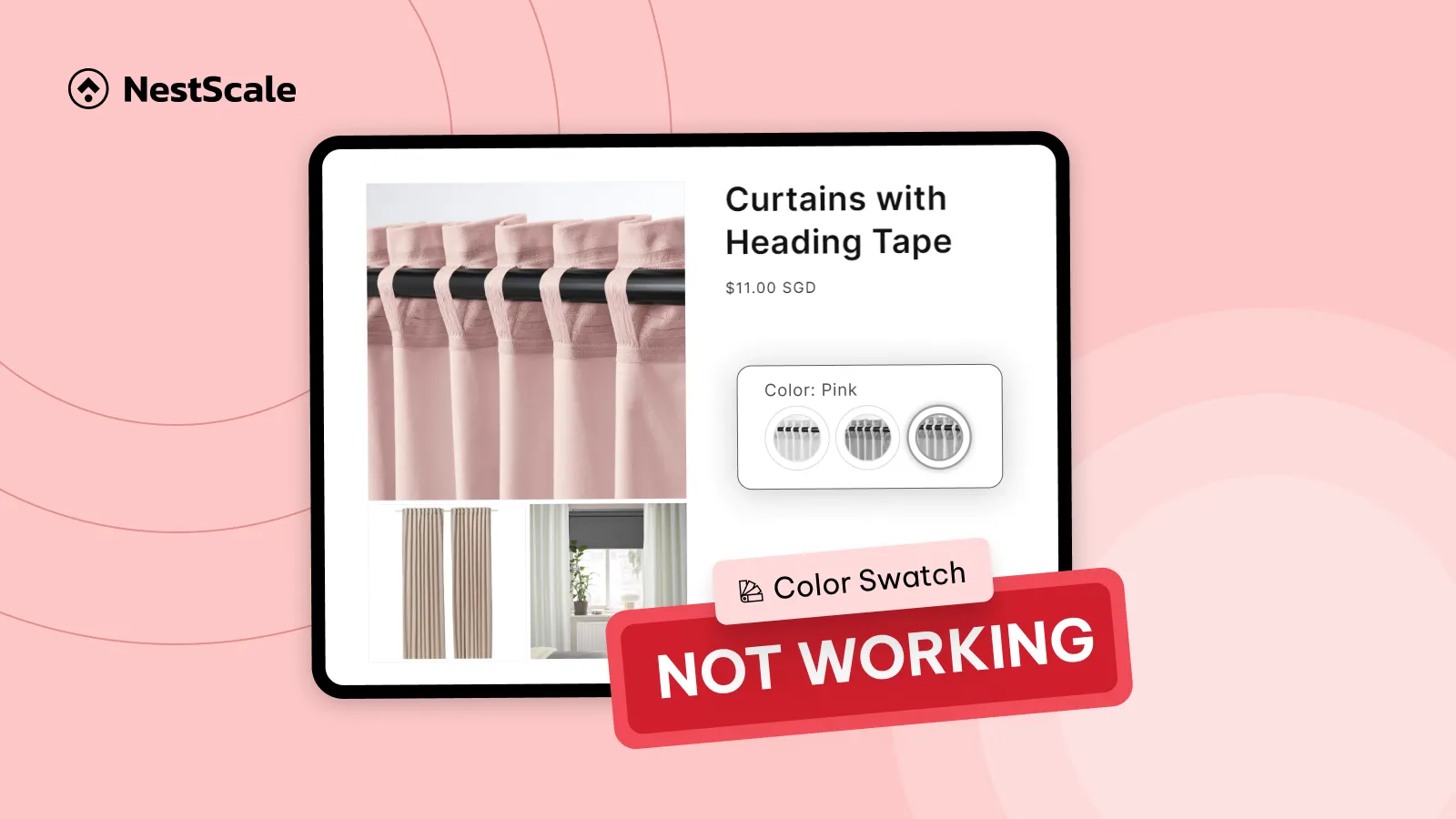Post-purchase emails have been widely recognized as an integral part of an email marketing strategy, as they see 17% higher open rates than average email automation. They can contribute largely in dictating whether your customer will be a one-timer or a loyal one. Therefore, it is very important that an effective and engaging post-purchase email campaign be strategically implemented to foster purposeful relationships with your customers.
In this blog, we will show you some interesting post-purchase email examples (with tips and templates) for your future email automation success.
Definition of post-purchase emails
Post-purchase emails are a type of email marketing message that is sent to customers after they have completed a purchase. These emails are intended to provide additional value to the customer and to encourage them to continue to engage with the brand.
Importance of post-purchase emails
Here are 4 reasons why you should start sending post-purchase emails as soon as you can:
Builds customer loyalty
By sending post-purchase emails, you can demonstrate to your customers that you care about their experience and are invested in their satisfaction. This can go a long way in building brand loyalty and encouraging repeat purchases.
Increases customer engagement
Post-purchase emails can help you stay top-of-mind with your customers and keep them engaged with your brand. By providing value in the form of relevant content or product recommendations, you can encourage customers to continue interacting with your brand.
Generates additional revenue
Post-purchase emails can be an effective way to drive additional revenue by promoting complementary products or upselling existing customers. By providing personalized recommendations based on the customer’s purchase history, you can increase the likelihood of a repeat purchase.
Provides valuable feedback
Post-purchase emails can be a valuable source of feedback for your business. By asking customers to leave a review or provide feedback on their purchase experience, you can gain insights into what’s working well and where there’s room for improvement.
Fundamentals of a post-purchase email
Before getting into innovative email templates, it is crucial to bear in mind the basics. There are two fundamental steps to creating a post-purchase email that we recommend:
1 – Acknowledge the purchase
First, you can start your email by thanking the customer for their purchase and acknowledging their decision to choose your brand. Though simple, this gesture helps to build a connection with the customer and makes them feel appreciated.
2 – Provide order details
While this may seem obvious, it’s important to include all the necessary order details such as the order number, item details, and delivery information. Providing clear and concise information will help customers feel confident in their purchase and avoid any confusion.
Once you’ve established a concise post-purchase email using the steps above, it’s time to get more advanced! Here are a few examples:
Thank-you emails
Thank-you emails with a discount code
One simple tactic that can guarantee your customers’ interest in your post-purchase mail is to attach appealing coupons, along with a cute thank-you note. By this way, not only can you increase the value of your mundane order confirmation mail, but you can also increase customer retention and maintain their continued intention.
Thank-you emails that encourage engagement
Personalization has proven to be one of the most important factors that contribute to customer loyalty in the retailing context. Gone were the days of monotonous demographic changes to your email, now you can ask them to engage with your own brand via social media accounts. Here is where you can utilize user-generated content (UGC) from your loyal customers to spread positive reviews among their peers, and for you to re-upload their reviews as trustworthy testimonies for your product.
Thank-you emails with feedback requests and surveys
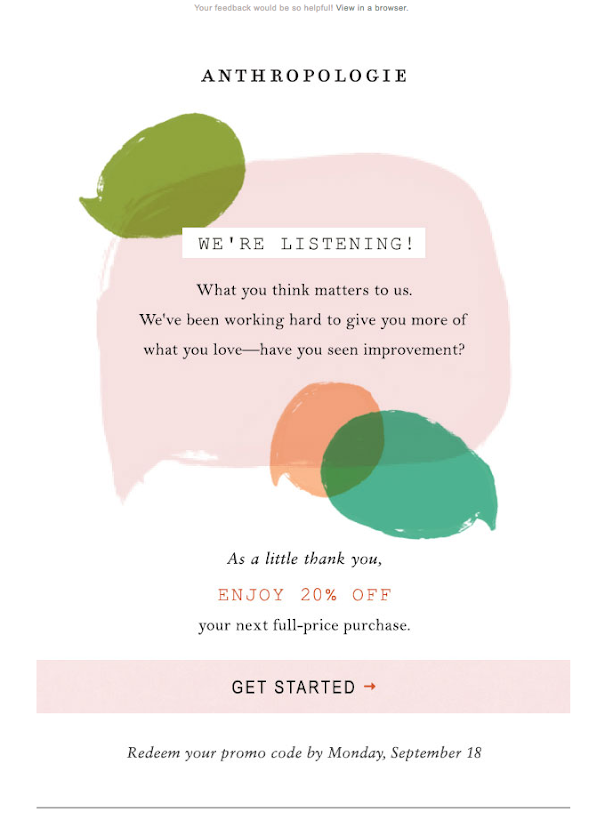
Customer feedback is heavily required for you as a business owner to help you exert your strengths and work on your shortcomings. There would usually be 2 types of scores that businesses are interested in: NPS (Net Promoter Score) and CSAT (Customer Satisfaction Score). Understanding these 2 metrics clearly can shed an insight on your underlying issues and help you progress faster.
Besides, customer surveys can also be included in the email. Acquiring more information about your customer (Their buying preference, their daily hobbies…) can help you segment your customer base more effectively, and bespoke your emails accordingly to increase your relevance among your audience.
Shipping confirmation emails
By sending post-purchase emails, you can give your customers a heads up about their order progress, hook them up with tracking deets that are actually useful, and show them you’re the real deal. Without this type of email, your customers are going to be irritated not being able to estimate the time delivered. You don’t want that to happen, do you?
Let’s look at an example of a shipping confirmation email with tracking information and estimated delivery date.
You can upgrade the value of a normal shipping confirmation email by adding fruitful discounts that can guarantee a next purchase.
Instruction emails
Instruction emails are messages that provide step-by-step instructions on how to complete a particular task or achieve a specific goal. These emails typically include practical information, such as tips, tricks, and best practices, that help the recipient accomplish a task or solve a problem.
This one small step can establish the sender as an authority or expert on a particular topic or subject matter, thereby gaining more trust from customers. Other than that, by making extra effort to provide useful content that solves a problem or addresses a need, businesses can attract potential customers and encourage them to learn more about their products or services.
Here we have an example of an instruction email giving guidelines on how to unbox the product.
Cross-Sell/Up-Sell Emails
You’ve probably heard of the phrases “upselling” and “cross-selling” before, but did you know they can be game-changers for your post-purchase emails? Upselling involves tempting customers with a higher-priced or premium version of a product, while cross-selling suggests complementary products based on recent purchases. Both of these techniques can be incredibly powerful when it comes to driving sales and building customer loyalty.
Up-sell emails offering an upgraded product version
Picture this: you’ve just made a purchase, and you’re feeling pretty good about it. But before you can even close your browser, you’re bombarded with a barrage of upsell messages, trying to get you to buy more, more, more! Talk about annoying, right?
That’s why it’s so important to think strategically when it comes to upselling in your post-purchase emails. Instead of spamming everyone with offers they might not be interested in, take the time to identify the customers who are most likely to benefit from an upgrade or premium version of your product. Then, craft a targeted message that speaks directly to their needs and interests.
When you take a more personalized and thoughtful approach to upselling, you’re not only more likely to see results – you’re also showing your customers that you care about their experience and aren’t just trying to squeeze every last penny out of them. And that’s the kind of attitude that builds long-term loyalty and trust. So don’t be afraid to take a step back and think about who you’re sending your upsell messages to – it could make all the difference in the world!
Cross-sell emails with a limited-time offer
What can be a better way to ignite your customers’ passion for buying than targeting their FOMO? Retailers/sellers are now trying to encourage the phenomenon of impulse buying behavior (The act of sudden and immediate purchase without any pre-shopping intention), and cross-sell emails are one effective solution to do so that requires no direct persuasion or negotiation.
According to Slickdeals’ survey, 52% of respondents would rather take advantage of a deal than pay full price. Therefore, combining cross-sell with a limited-time offer is a great tactic to accentuate the urgency that can prompt customers to decide to buy more in a short amount of time.
Birthday Emails
Birthday is one’s most special day, and there is no surprise that many brands would want to celebrate you on your special day too. It goes without saying that customers can develop much gratitude for a brand simply just by receiving a thoughtful happy-birthday email from them. These emails often include cute, personalized wishes, and may include special offers and exclusive promotions.
Personalized offers
This must be one of the most typical emails that people must receive once during their lives. What’s not to love about receiving appealing discounts on our special days?
Personalized messages
In the days of emojis and reactions, sincere words have become more rare. That’s why it is extremely heartfelt for a customer to receive sweet, honest words that honor their birthdays. This type of email can help build a stronger relationship with the customer and show them that the business values their patronage.
Best practices for crafting a post-purchase email
You have just been introduced to viable post-purchase email examples, but do you know what steps need to be taken in order to write a compelling email like them? Let’s take a look at some of our tips for your next post-purchase email success.
Personalize the message
Every one of us loves to be cared for. Brands should understand this mentality well in order to treat their customers like they are unique and special. Use the customer’s name and reference their recent purchase to make the message appear more personal and relevant.
Use a clear call-to-action
Clearly state what action you want the customer to take next, such as leaving a review or exploring related products.Without a firm CTA, customers can be confused and will not want to engage with brand.
Be concise
Customers can get easily irritated if the content is too long and hard to read. Keep the message short and to the point, focusing on the key takeaways and calls-to-action.
Test and optimize
Experiment with different subject lines, messaging, and calls-to-action to see what resonates best with your audience, and use relevant data to refine and improve your post-purchase emails in the next send.
Post-purchase emails made easy with NestSend
Clever post-purchase emails are a must you seek to improve your email marketing strategy. Other than following the examples provided in this article, you can consider NestSend – a powerful email automation tool – to help you write effective post-purchase emails. Don’t wait any longer to start creating personalized and effective post-purchase emails that will engage customers and boost your business success.




































